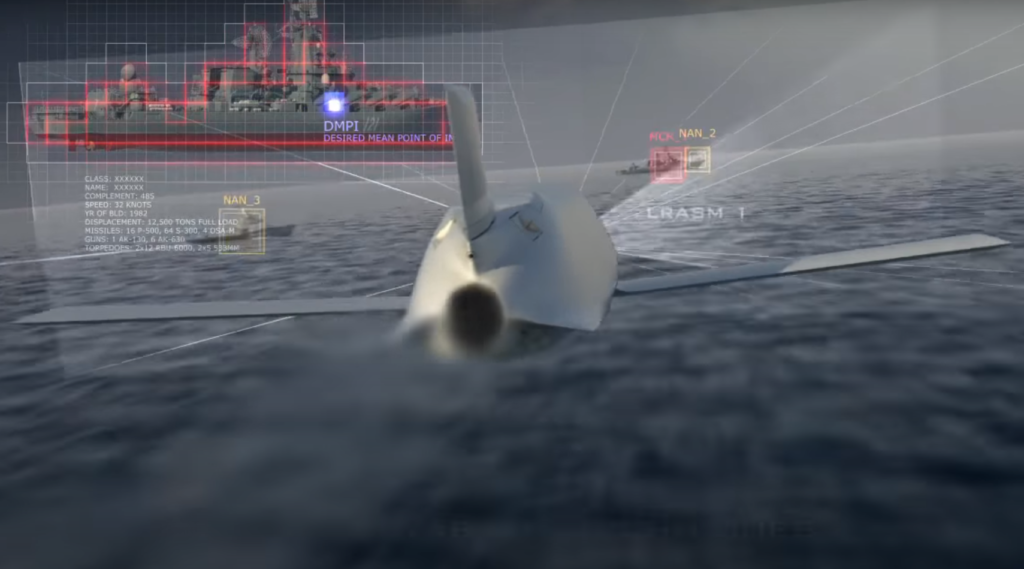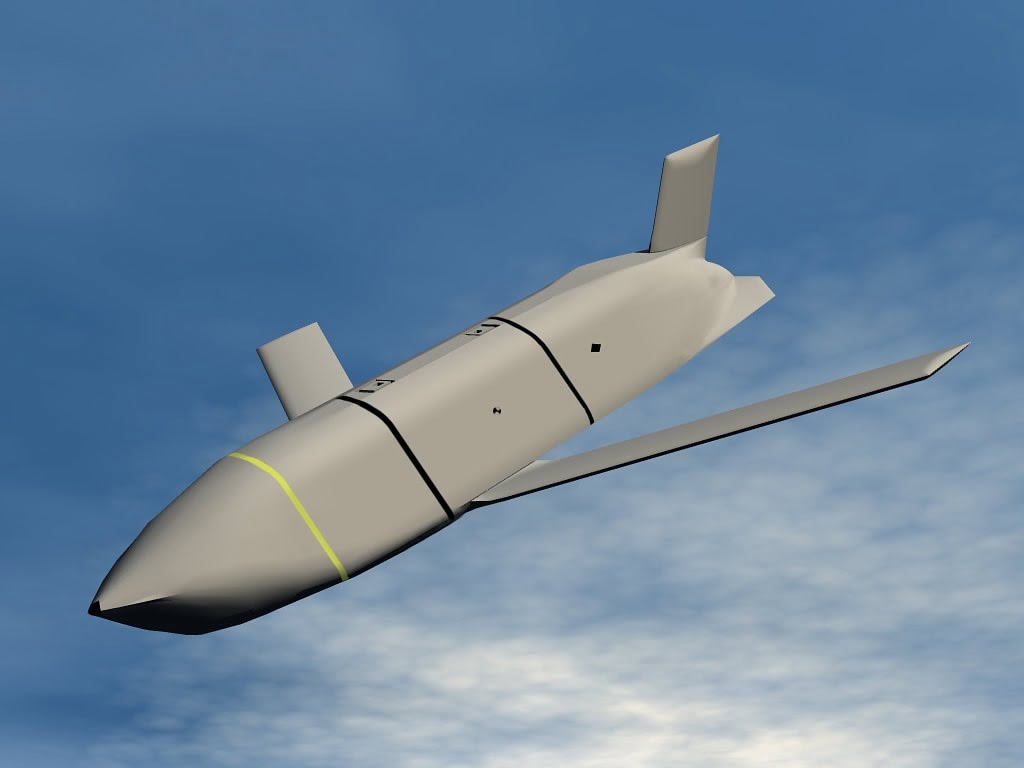
The U.S. has been trying to find alternative solutions to maintain its superiority against China’s increasing naval power. Producing new technology-guided missiles that will help the U.S. Navy and air force possess their firepower against Chinese elements is at the forefront of these efforts, such as having AGM-158C Long Range Anti-Ship Missile (LRASM).
China’s Navy is assessed as posing a significant challenge to the U.S. Navy’s ability to achieve and maintain wartime control of blue-water ocean areas in the Western Pacific and forms a vital element of a Chinese challenge to the long-standing status of the United States as the leading military power in the Western Pacific. China wants its Navy to act as part of a Chinese anti-access/area-denial (A2/AD) force. This force can deter U.S. intervention in a conflict in China’s near-seas region over Taiwan.
The U.S. Navy, in recent years, has taken many actions to counter China’s naval modernization effort. The U.S. Navy has initiated numerous programs to develop new military technologies and acquire new ships, aircraft, unmanned vehicles, and weapons. It was begun development of new operational concepts (i.e., new ways to employ Navy and Marine Corps forces) for countering Chinese maritime A2/AD forces; and signalled that the Navy in coming years would shift to a more distributed fleet architecture that will feature a smaller portion of larger ships, a more significant number of smaller ships.

Offensive Missile Strategy (OMS) has three pillars
The U.S. Navy, in recent years, has initiated efforts to develop and procure longer-ranged anti-ship cruise missile (ASCM)s. The Navy Department’s Offensive Missile Strategy (OMS) construct has three pillars. First, the Department will sustain relevant weapon systems to preserve the readiness and capacity of crucial strike weapons inventories. Second, the Department will pursue strike weapon capability enhancements. Under this initiative, the Navy will develop near-term capability upgrades to enhance existing weapons that provide critical improvements to current long-range strike weapons capabilities (Maritime Strike Tomahawk (MST), LRASM V1.1, SM6/Block 1B, and the Naval Strike Missile). Third, the Department will develop next-generation strike missile capabilities to address emerging threats.
One of the most critical pillars of OMS is LRASM; a stealthy anti-ship cruise missile developed for the United States Air Force and the United States Navy by the Defense Advanced Research Projects Agency (DARPA). The program was begun under DARPA in 2009 and leveraged the existing technology of the Joint Air-to-Surface Standoff Missile Extended Range (JASSM-ER) program. DARPA has awarded Lockheed Martin a contract worth $157 million for the development of an advanced LRASM.
LRASM deploys multiple sensors & techniques
The missile is subsonic and but since it is L.O. (Low Observable), the enemy warship will not see it coming till it is very close. This strategy contrasts Russian and Chinese missiles, which depend on speed to defeat the ship’s defense. It is powered by an F107 turbofan engine and has a 1,000 lb (450 kg) blast-fragmentation penetrator. The warhead is potent enough to cripple a large warship. LRASM will cost around $3 million apiece, which makes it twice as costly as Harpoon missiles. LRASM deploys multiple sensors & techniques to home in on the targets.
It has an inertial and jam-resistant GPS navigation system. This is mainly used for navigating the initial phase of the journey. A two-way data link is present, which allows the launching warship to send course corrections data. It will be used for mid-course guidance during which the missile flies at medium altitude. It has a guidance algorithm that can acquire& target enemy ships when external guidance is disrupted. It is mainly used in the mid to final phase. The algorithm is smart enough to differentiate civilian ships and low-priority enemy warships from the actual target.

It has a Radio-frequency sensor that is activated in the terminal phase. The system homes in on an adversary’s radar signals used by the enemy warships to track the missile. In the terminal phase, the Infra-Red sensor is also engaged. It is used to make the last-ditch adjustment so that the missile can hit specific points of an enemy warship to maximize damage. In this phase, the missile skims close to the surface, which makes it hard to target. It is important to note that LRASMs can be deployed in swarm mode, enabling them to saturate enemy defence systems. LRASM also deploys electronic counter-countermeasures (ECCM) to overcome the enemy’s countermeasures.
LRASM achieved early operational capability (EOC) with the F/A-18E/F and B-1B bomber in November 2019. A single B-1B Lancer can carry and deploy up to 24 LRASM.
The LRASM can fire from a deck launcher on a Littoral Combat Ship and Vertical Launch Systems on a destroyer. The surface-to-surface LRASM variant will be fitted with Mark 114 rocket boosters which are jettisoned after launch. U.S. Navy’s Arleigh Burke-class Destroyers have 96 Mark 41 cells, whereas Ticonderoga class Cruisers have 122 of these. So, the 65+ Arleigh Burke-class Destroyers and 22 Ticonderoga class Cruisers will be able to deploy the LRASM seamlessly. A submarine-launched variant is also expected to be developed.
Conclusion
LRASM will play a significant role in ensuring military access to operate in the open ocean and blue water environments. Its enhanced ability to discriminate and conduct tactical engagements from extended ranges. The multiple launch platform makes LRASM fit perfectly in the U.S. Navy’s “Distributed Lethality” doctrine, according to which firepower is spread across various platforms. LRASM will add much-needed punch to the U.S Navy’s surface-warfare capabilities.
Check out Naval Library App to find out the specifications of the Long Range Anti-Ship Missile.




